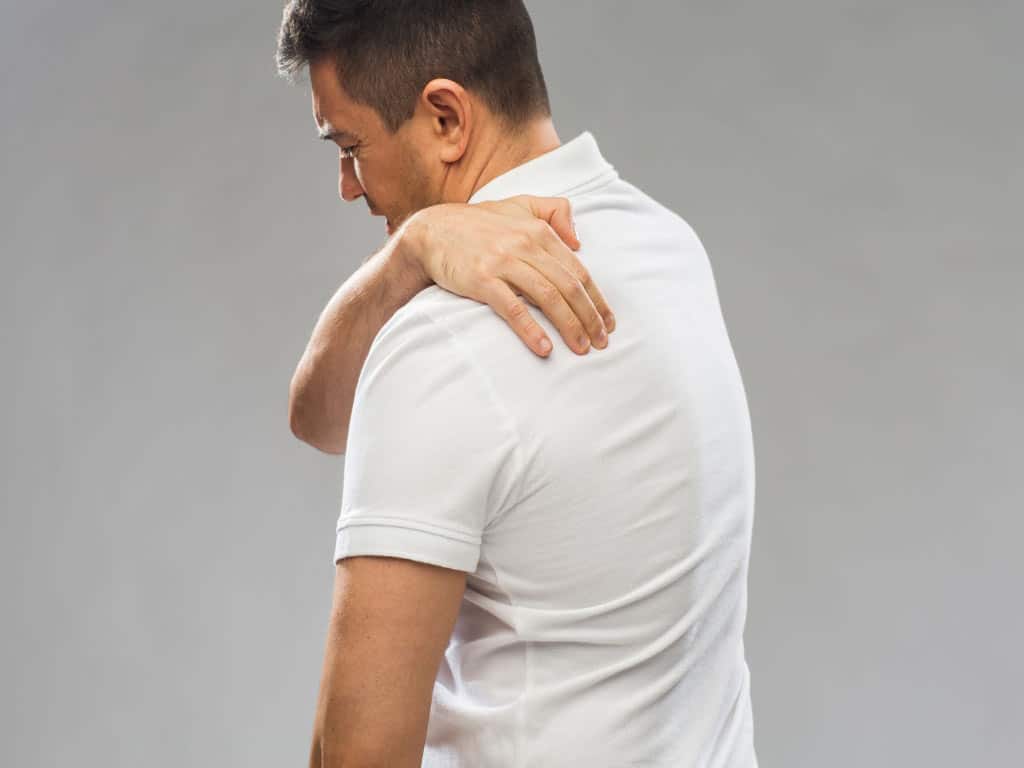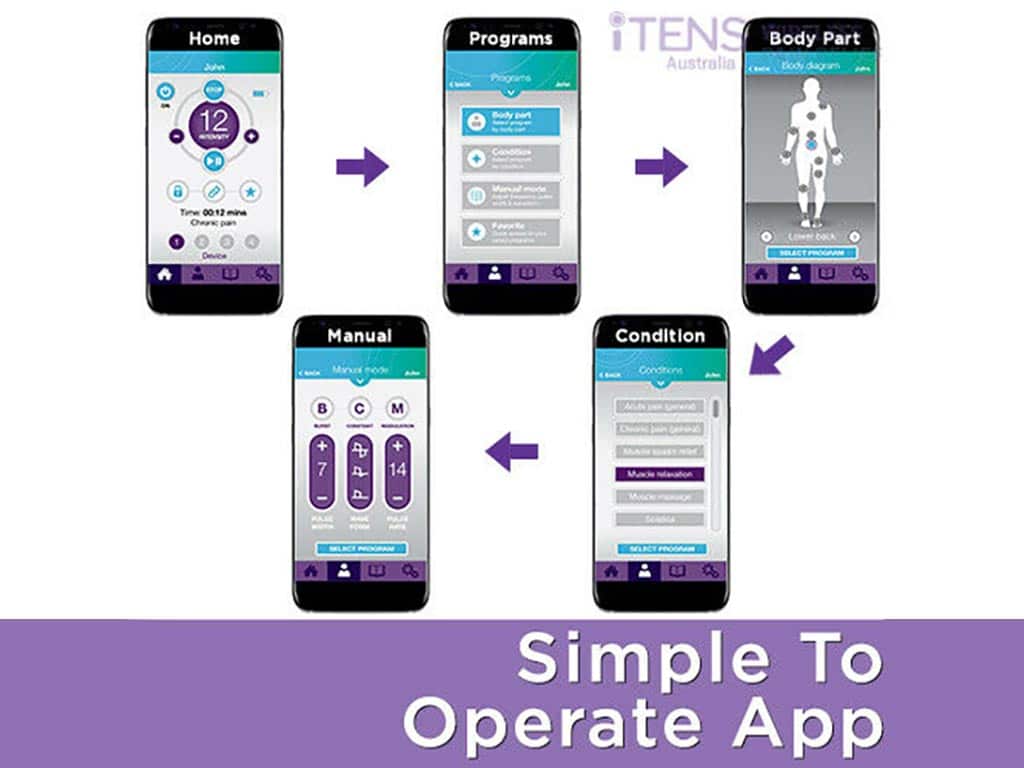
Transcutaneous Electrical Nerve Stimulation (TENS) is one of the pain relief methods often recommended by doctors for shoulder pain. TENS is a therapy that utilises low-voltage electrical units to reduce pain sensations. Many people use a TENS machine for rotator cuff tears or injuries. It has shown effective pain alleviation and improvement in mobility. However, the use of this device requires a thorough understanding of its functionalities and proper pad placement.
The rotator cuff is a group of four muscles and tendons that stabilise the shoulder joints. It allows rotations or movements to the arms and shoulders. Thus, a tear or injury may cause severe pain and limit mobility. While pain medications may help, it may not be enough to eliminate the pain. Thus, many include TENS therapy in their treatment plan. This article will explore the treatment effectiveness of TENS, including how it works and the pad placement guide.
What is a TENS Machine for Rotator Cuff?
Injuries to the rotator cuff are common, often caused by repetitive motions or sudden trauma. Many individuals use a TENS machine for rotator cuff injury and pain relief. It is a portable device with an adjustable control unit and adhesive electrode pads. When applying the electrodes to the body, they deliver mild electrical currents through the skin to stimulate the surrounding nerves, soft tissues, and muscles.
TENS therapy can be helpful and effective in relieving different types of acute and chronic shoulder pain. Some conditions it can help treat are adhesive capsulitis or frozen shoulder, arthritis, tendonitis, and neck pain. The electrical stimulation from the TENS device provides a soothing feeling to the inflamed area.
Physical therapists often recommend TENS therapy as part of the comprehensive treatment of shoulder injuries and chronic pain conditions. Administering TENS with therapeutic exercises can promote faster healing, decrease pain levels, and improve the range of motion. Overall, a TENS machine for shoulder pain can help improve the quality of life.
Device Types and Features
Main Types
- Standard TENS: a traditional device with a handheld controller, belt-on clips, and wired electrode pads.
- Wireless TENS: a device without the use of lead cables. Instead, it has Bluetooth capability to connect to a remote receiver or smartphone app.
Features
- Adjustable settings: allows modifications of pulse rates, duration, and intensity.
- Preset Modes: programs with built-in settings for specific health conditions.
- Electrode pads: thin patches with adhesive sides. It comes in various shapes and sizes to fit different pain areas.
- Battery type: the device may utilise alkaline or rechargeable lithium-ion batteries as a power source.

How a TENS Machine for Rotator Cuff Helps in Alleviating Pain
A TENS machine for rotator cuff can help alleviate the pain in the surrounding area. It works by delivering electrical impulses through the electrodes. The pulses stimulate the underlying nerves to reduce pain and discomfort. Mainly, high-frequency (50-120 Hz) stimulation induces the pain gate mechanism of the body to block pain signals from reaching the brain. It can also help reach deeper tissues of the body.
Additionally, low-frequency (2-10 Hz) stimulation triggers the release of endorphins. These hormones inhibit the nerve cells from transmitting pain messages. Moreover, endorphins have a long-lasting therapeutic effect. It is suitable for persistent shoulder pain and other chronic pain conditions. A healthcare provider may recommend alternating or trying different stimulation levels to find the most effective relief.
Furthermore, the gentle tingling sensations from a TENS device can produce acupuncture or massage benefits. The effects of acupuncture-like TENS help to boost blood circulation, reduce swelling, and relieve sore muscles. As a result, it creates a soothing feeling in the inflamed area. It enables patients with shoulder pain to have restful nights and better physical functioning.
Benefits of Electrotherapy
Electrical stimulation for rotator cuff offers plenty of benefits and advantages. Firstly, it is a drug-free method of pain relief. It does not have the adverse side effects of medications. Therefore, it is a safe and natural alternative for those who want to avoid oral painkillers.
Secondly, the device is non-invasive. It allows for targeted treatment of rotator cuff tears through electrode placement. In addition, the pads stick firmly to the skin without leaving permanent marks. Additionally, individuals may combine TENS with physical therapy management to enhance its effectiveness. Lastly, electrotherapy reduces the need for surgeries or intrusive nerve blocks for pain relief.

Pad Placement When Using a TENS Machine for Rotator Cuff
For effective treatment, patients with shoulder pain may consult a healthcare provider for guidance and advice. The pad placement may depend on the type of pain or injury. When using a TENS machine for rotator cuff tear, position the electrodes around the shoulder joint. Avoid placing them directly on the joints, as they may come off due to movement.
For musculoskeletal pain, users may place the pads in the front and back of the shoulder blades or upper arm bones. Aligning the pads to cover those regions is crucial. Furthermore, for shoulder pain with neck pain, individuals may position the electrodes on either side of the cervical spine. However, avoid electrode placement on the front and sides of the neck.
An essential consideration of pad placement is to avoid areas with broken skin, open wounds, and infection. Individuals may refer to the placement chart provided by the TENS unit or consult a doctor or physical therapist. Also, use appropriate-sized electrode pads. For small or joint areas, smaller pads will do.
Adjusting the Settings
As a general guide, adjust the stimulation frequency and pulse width depending on the type of pain. It is best to start at the lowest intensity and gradually increase to prevent sudden shocks. Individuals may keep on adjusting the settings until they feel the superior effects of the pulses.
It is important to note that TENS should not cause further pain. Thus, the sensations should not exceed the treatment comfort level. If discomfort increases, users may readjust the frequency or intensity levels or reposition the pads. There may be a difference in treatment results between individuals due to how each person responds to TENS.
Conclusion
There are various ways to manage acute and chronic shoulder pain. Individuals may take pain medications or apply hot packs and cold therapy to relieve the symptoms. However, these methods may not be enough for some people. Hence, many use a TENS machine for rotator cuff tear or injury to reduce pain intensity and improve mobility. TENS works by stimulating the nerves to block pain signals and release endorphins. It is a non-invasive and drug-free alternative to medicines.
Individuals may get TENS machines in several types. The most common type is the standard unit with wired electrodes. On the other hand, some may prefer a wireless TENS device for more convenience and ease of use. Nevertheless, proper usage and pad placement are essential for effective treatment. This includes following the recommended frequency and intensity guide and avoiding sensitive areas. Consulting with a healthcare provider can help determine the best use of a TENS machine.







